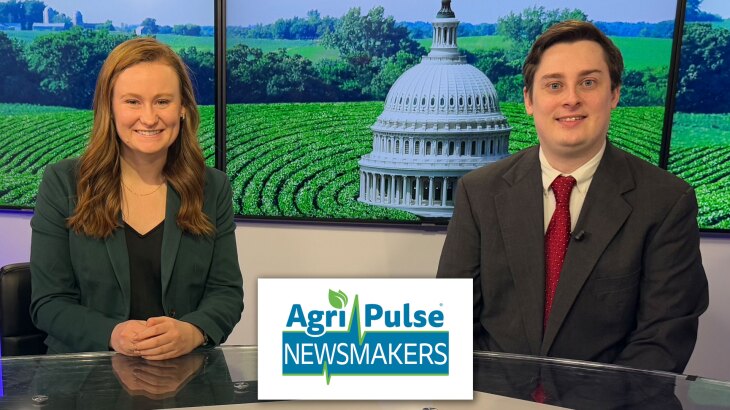


The National Weather Service reported the Mississippi River in Memphis, Tenn., has fallen to a record-low elevation of -11.5 feet. That beats last year’s record of -10.81 feet. Several other records were set at various stops along the system, including in Cairo, Illinois, dropping to -4.5 feet, and New Madrid, Missouri, reporting -6.4 feet.
Those record low levels are leading to farmers storing more grain this harvest. Elevators are having to turn away loads of grain if farmers are not under previous contracts until levels come back up. Due to the lack of water, barges are not able to hold as much as normal, so some barges are traveling at half capacity. One farmer in Missouri told Brownfield Ag News, that a lot of grain bins that have not been used in quite some time are being filled this year.
Now is the time to think about fertilizer plans for next season. The president of the Illinois Fertilizer and Chemical Association says the lower levels along the Mighty Mississippi could lead to shortages if farmers are not prepared. The Association also said, that most of their retailers are well stocked for fall — but if growers decide to add products at the last minute, they will have to be moved up the River, and there is no timetable for how long that will take right now.




















